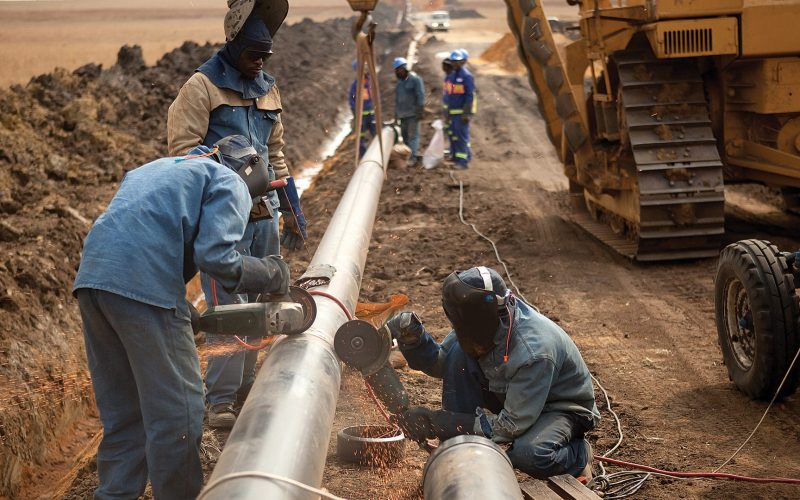THE VOICE FOR THE ENERGY CONSUMER

WASHINGTON – Consumer Energy Alliance (CEA) Federal Affairs Advisor Michael Zehr released the following statement after the Interior Department announced it will publish an interim report on its review of.

CEA President David Holt looked at the impact denying critical energy infrastructure for political reasons has on families and small businesses and the importance of the Biden Administration’s backing of.

WASHINGTON – The Justice Department’s filing urging the U.S. Supreme Court to overturn a lower court ruling blocking federal authority to build the PennEast Pipeline power is the right move.

JACKSON, MS – Consumer Energy Alliance (CEA), the leading energy and environmental advocate for families and businesses, applauded the Mississippi Legislature for passing the All Fuels Act of 2021, bipartisan.

If it sounds too good to be true, it usually is. If buzzy speeches about 100% clean energy strike you as a worthy goal but you aren’t hearing any details.

This week the Senate energy committee voted to advance President Joe Biden’s Interior secretary nominee, while his nominees for Council on Environmental Quality and the Environmental Protection Agency advanced further.

HOUSTON, TX – Consumer Energy Alliance (CEA), the leading voice for responsible energy and environmental policies for families and businesses, today released a “Guiding Principles and Code of Conduct” to.

With the stroke of a pen, thousands of union construction jobs modernizing our nation’s energy transmission system were eliminated. CEA’s David Holt looks at how this one action impacts the.

CEA Midwest Executive Director Chris Ventura spoke about the necessity for civility around the discussion and construction of energy infrastructure projects as construction workers have been harassed, equipment sabotaged, and.

With Allegheny County meeting all federal air quality standards for the first time, CEA’s Mike Butler looks at how key pollutants and emissions have decreased while energy production increased. Emissions.